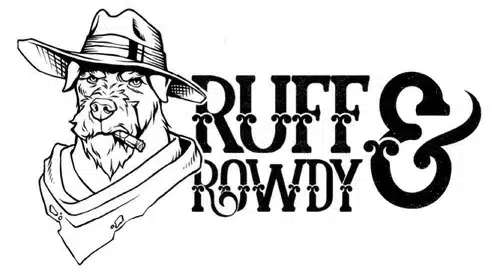Understanding classical and operant conditioning is fundamental to comprehending how dogs learn and respond to their environment. These two principles, developed by behaviorist psychologists, provide insights into the mechanisms that shape and influence canine behavior.
Classical Conditioning: Building Associations Classical Conditioning
Let’s delve into the concepts of classical and operant conditioning and explore how they apply to the training and behavior of our four-legged friends. Classical Conditioning: Building Associations Classical Conditioning, famously studied by Ivan Pavlov with his experiments on dogs, involves the pairing of a neutral stimulus with an unconditioned stimulus to elicit a conditioned response. In simpler terms, it’s about creating associations between stimuli.
Pavlov’s work is exemplified by the famous experiment where he rang a bell (neutral stimulus) before presenting dogs with food (unconditioned stimulus), which naturally led to salivation (unconditioned response). After several repetitions of this pairing, the bell alone could elicit salivation (now a conditioned response), even in the absence of food. In dog training, classical conditioning is often used to create positive associations. For example, associating the sound of a clicker (neutral stimulus) with receiving a treat (unconditioned stimulus) can eventually make the clicker alone a signal for the dog to expect a reward. This is the basis of clicker training, a popular positive reinforcement technique. It’s important to note that classical conditioning is not limited to creating positive associations. Negative experiences can also be classically conditioned, leading to fear or anxiety responses. For instance, if a dog associates a particular noise with a negative event, they may react fearfully to that noise in the future.
Understanding classical conditioning allows dog owners and trainers to intentionally shape dogs’ responses to various stimuli. By pairing positive experiences with neutral stimuli, we can create positive associations, contributing to a dog’s overall well-being and training success.
Operant Conditioning: Learning through Consequences Operant Conditioning
Operant Conditioning: Learning through Consequences Operant Conditioning, pioneered by B.F. Skinner, focuses on how behavior is strengthened or weakened by consequences. In this paradigm, behavior is followed by either reinforcement (increasing the likelihood of the behavior occurring again) or punishment (decreasing the likelihood of the behavior happening in the future). Skinner identified four types of operant conditioning:
1. Positive Reinforcement: Adding something desirable to increase the likelihood of a behavior. For instance, giving a treat when a dog sits on command.
2. Negative Reinforcement: Removing something aversive to increase the likelihood of a behavior. An example is stopping an annoying sound when a dog sits.
3. Positive Punishment: Adding something aversive to decrease the likelihood of a behavior. This could involve a corrective action like a leash correction for pulling.
4. Negative Punishment: Removing something desirable to decrease the likelihood of a behavior. For instance, taking away attention or a toy when a dog jumps on people.
Positive reinforcement is widely embraced in modern dog training for its effectiveness and ethical considerations. It creates a positive association with desired behaviors, making dogs more likely to repeat them. Operant conditioning provides a framework for shaping and modifying behaviors. For instance, in clicker training, the click (positive reinforcement) marks the behavior, and the subsequent treat strengthens the association. This method allows for precise communication with the dog, facilitating clear and immediate feedback.
However, it’s crucial to use operant conditioning judiciously. Misapplications, such as inconsistent reinforcement or inappropriate punishment, can lead to confusion and stress for the dog. Consistency and timing are key factors in successful operant conditioning.
Implementing Both Practices
Understanding the interplay between classical and operant conditioning provides a comprehensive approach to dog training. For instance, classical conditioning can be employed to create positive associations with training sessions or specific cues, while operant conditioning shapes and reinforces individual behaviors.
In conclusion, classical and operant conditioning are powerful tools in the realm of dog training. Classical conditioning builds associations between stimuli, influencing a dog’s emotional responses, while operant conditioning focuses on the consequences of behavior, guiding dogs toward desired actions through reinforcement. By incorporating these principles thoughtfully and consistently, dog owners and trainers can enhance communication with their canine companions, fostering positive behaviors and strengthening the human-dog bond.
